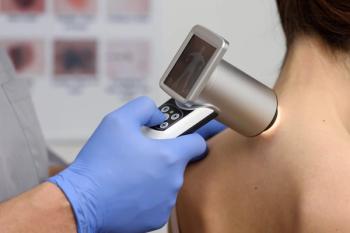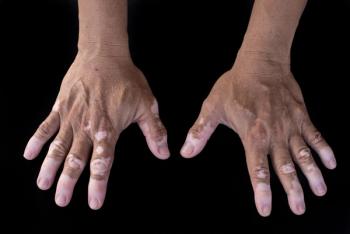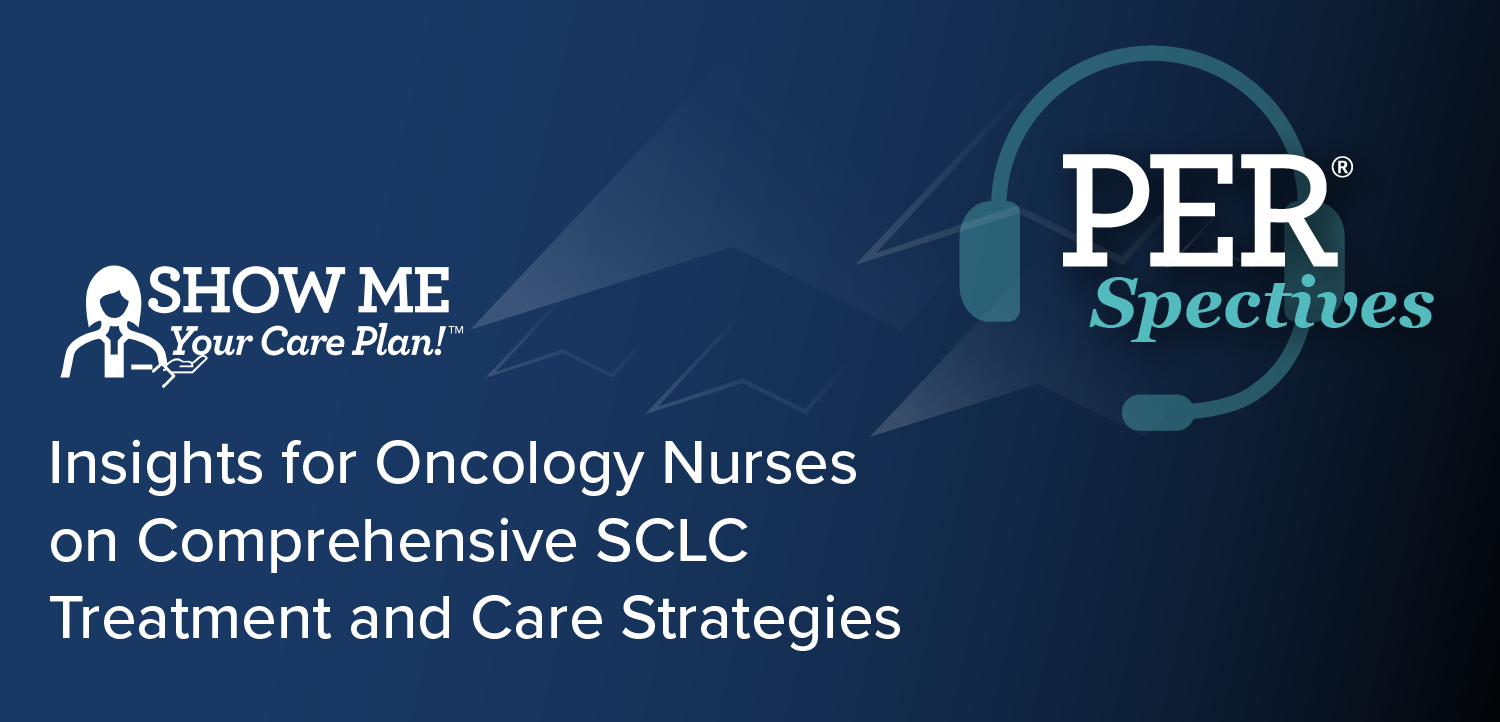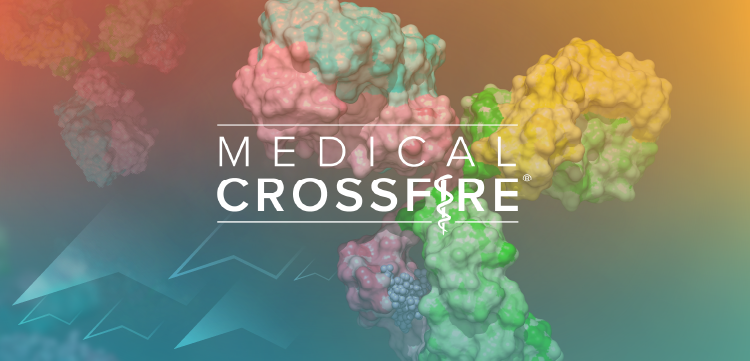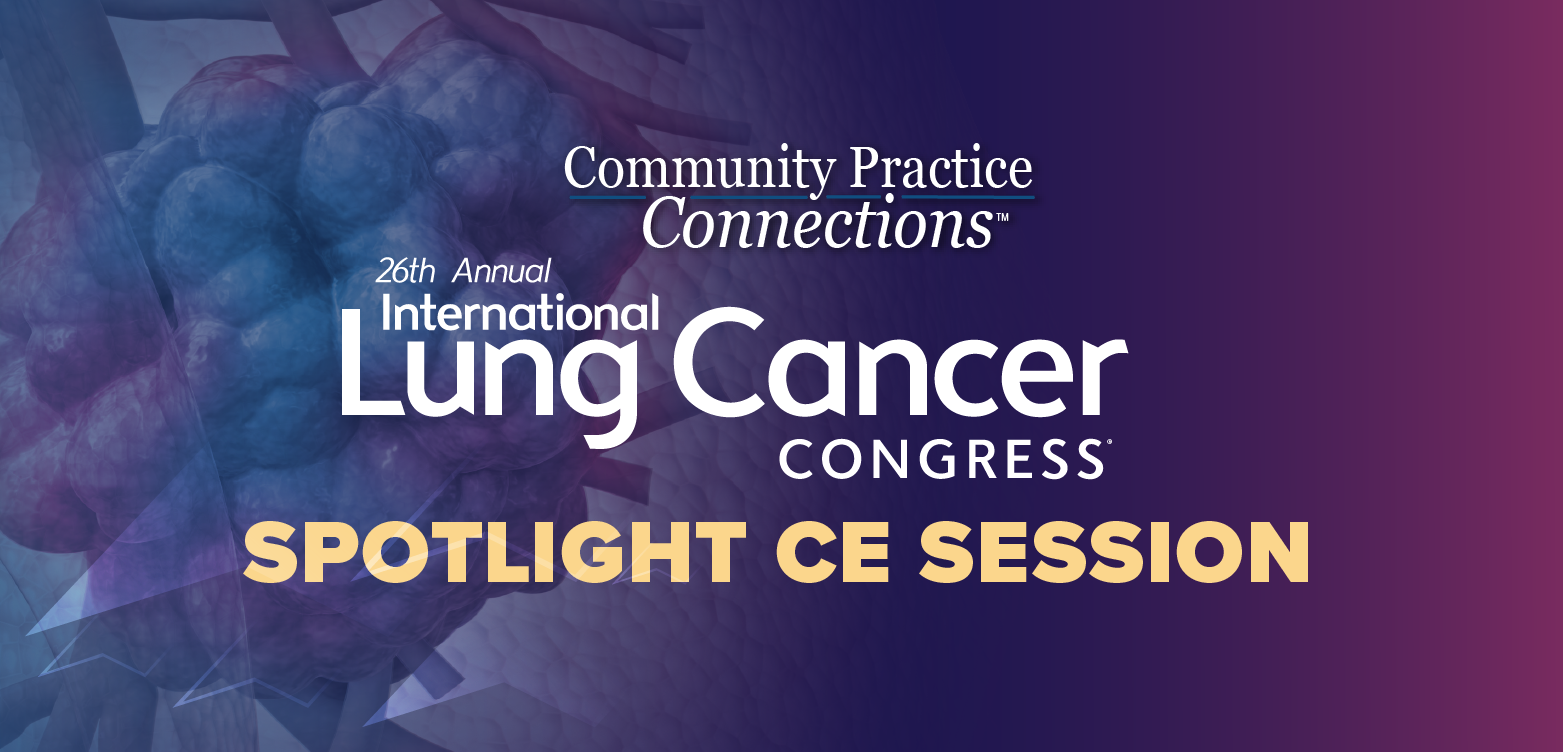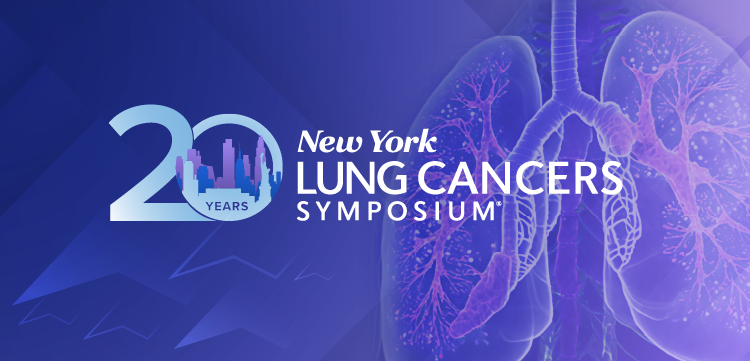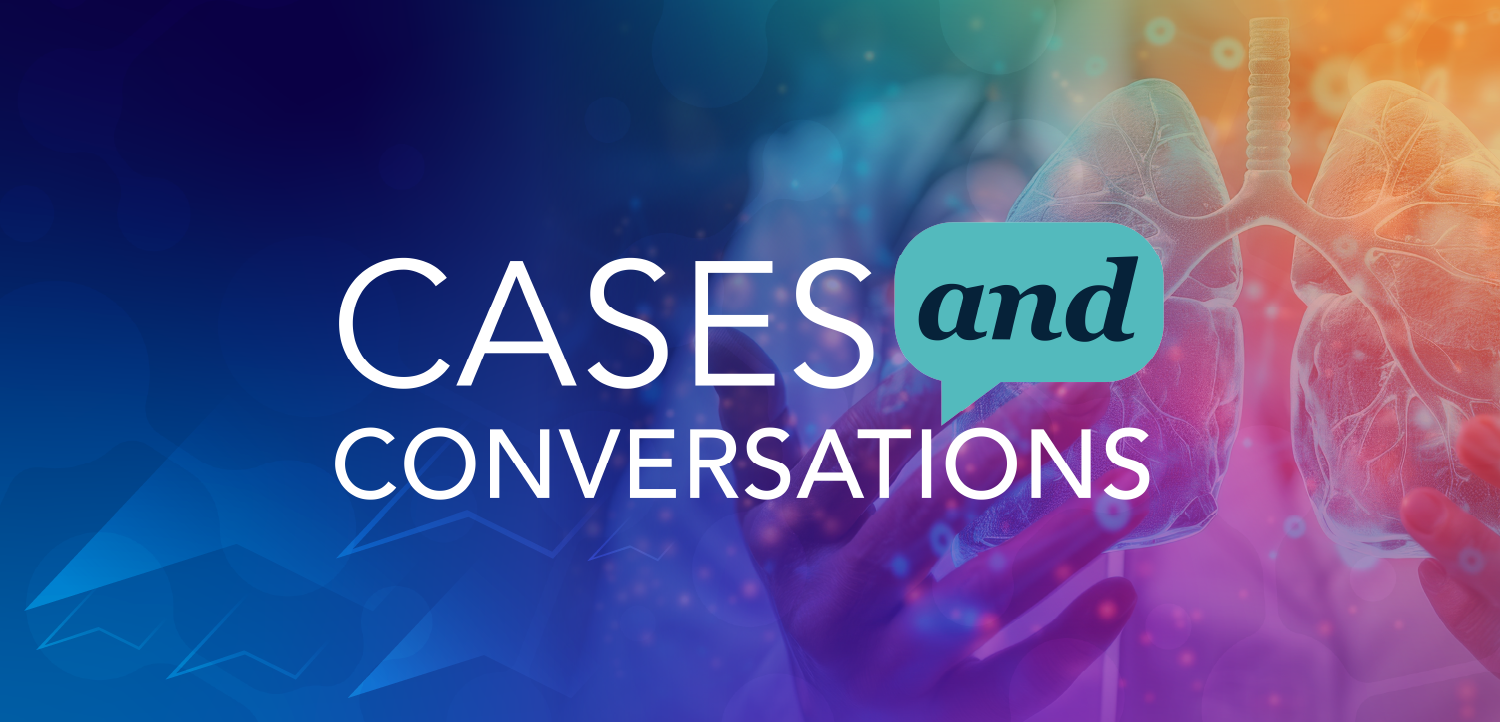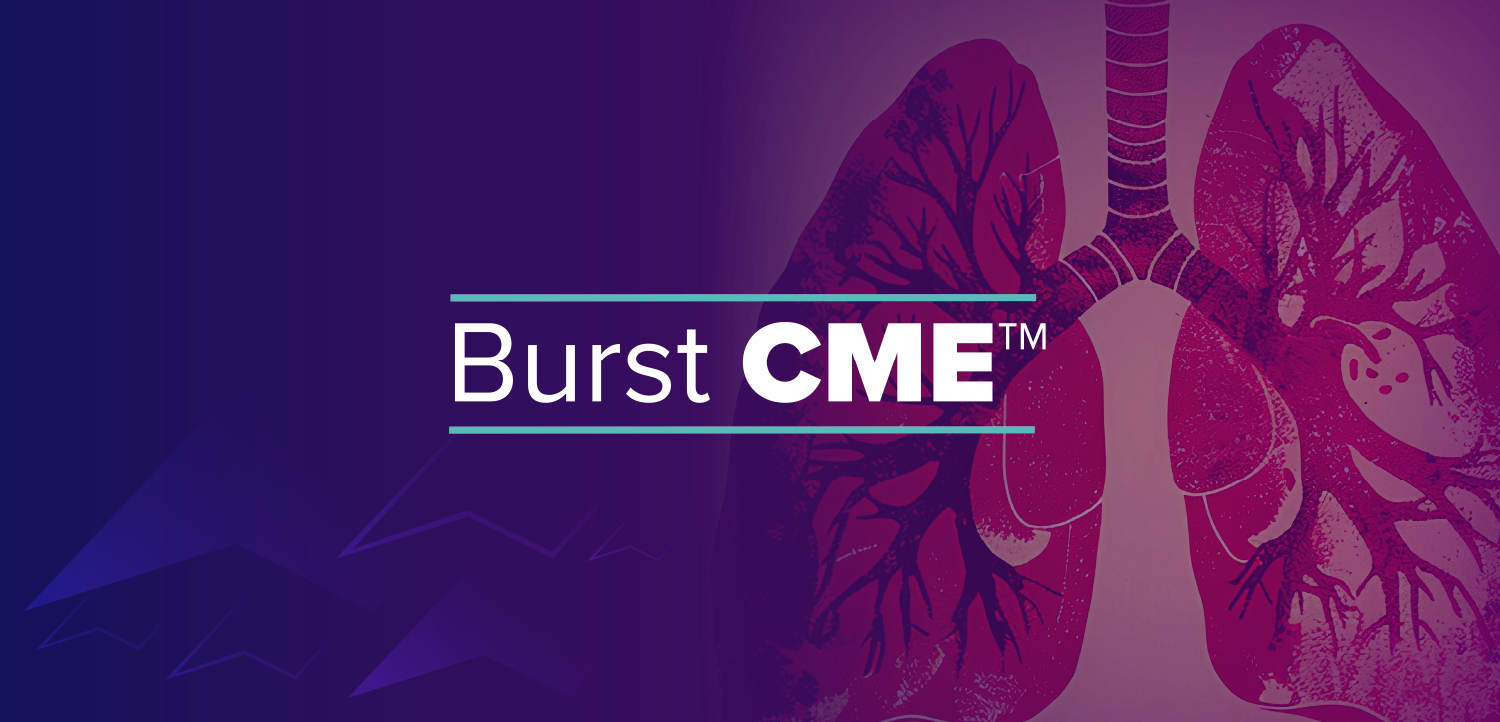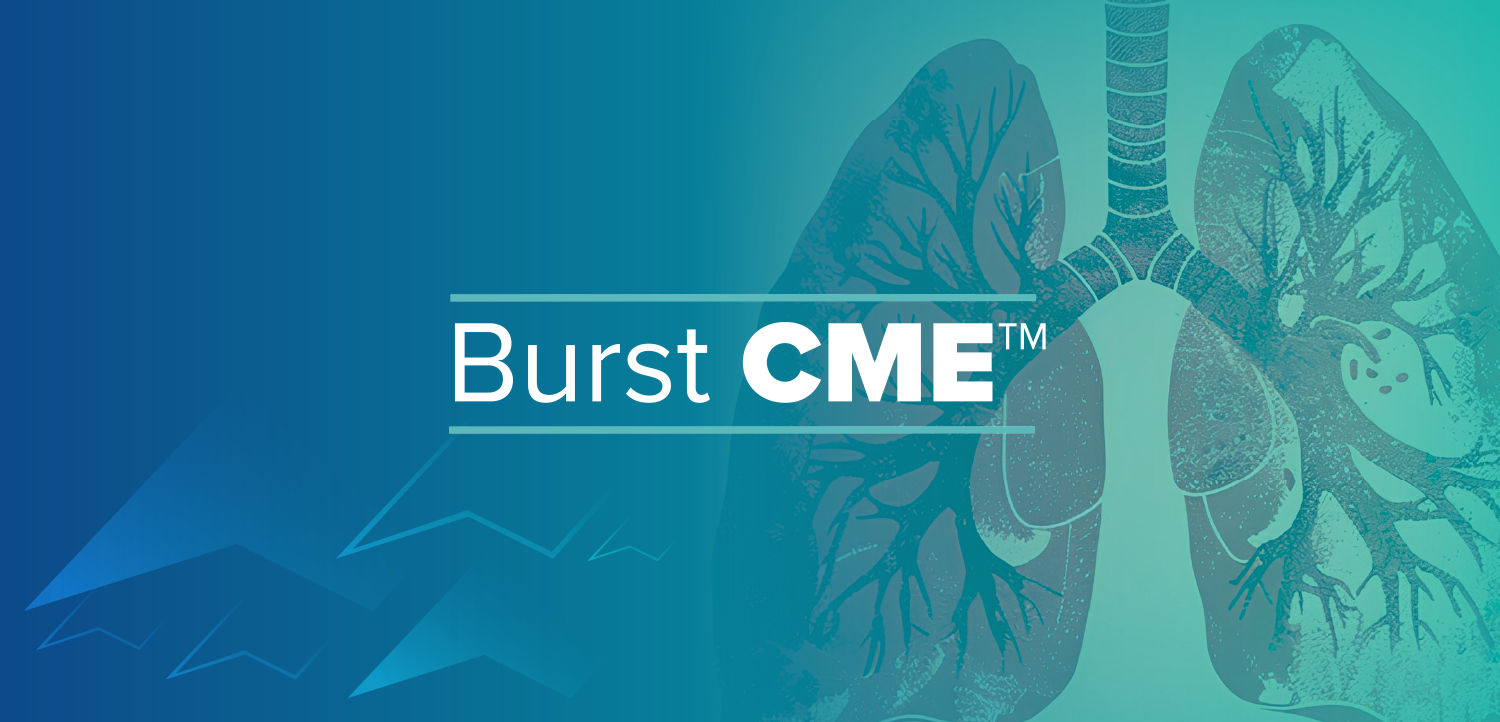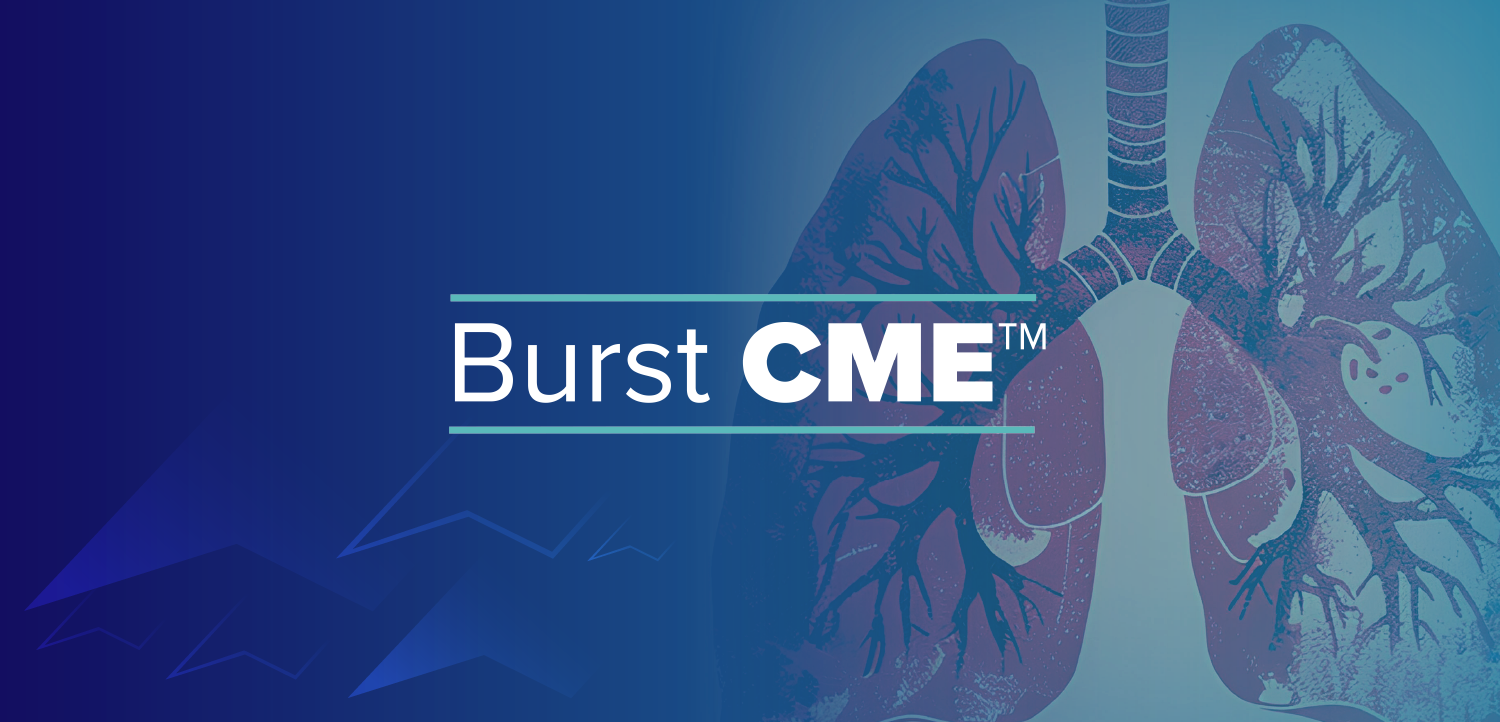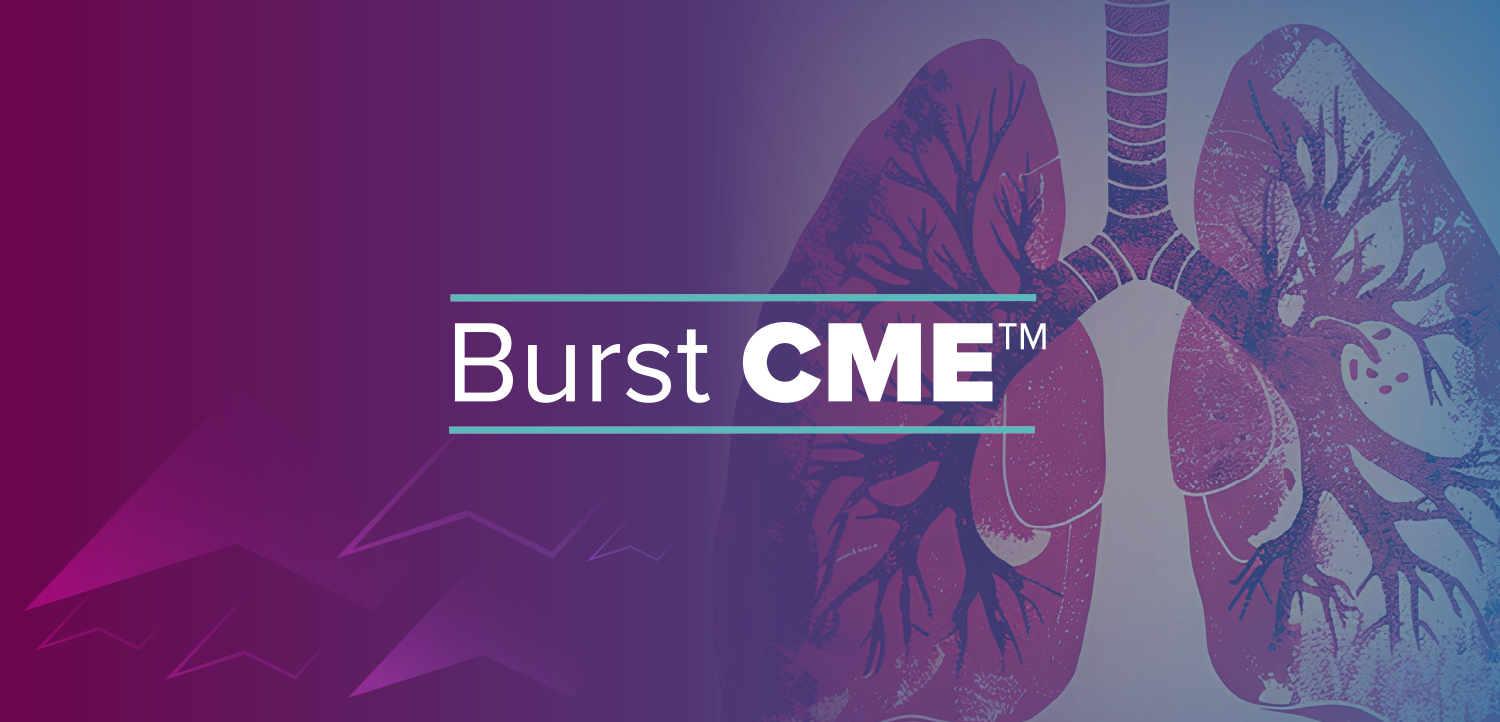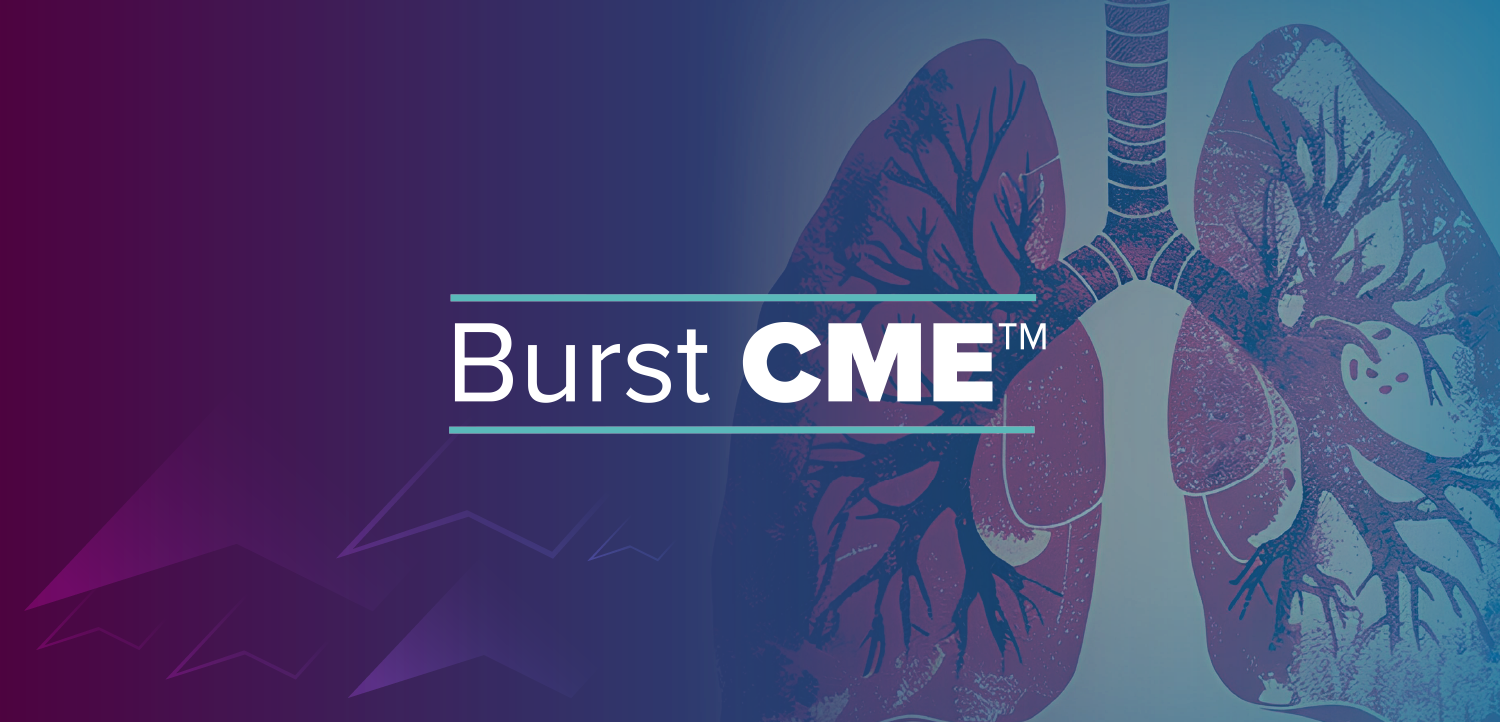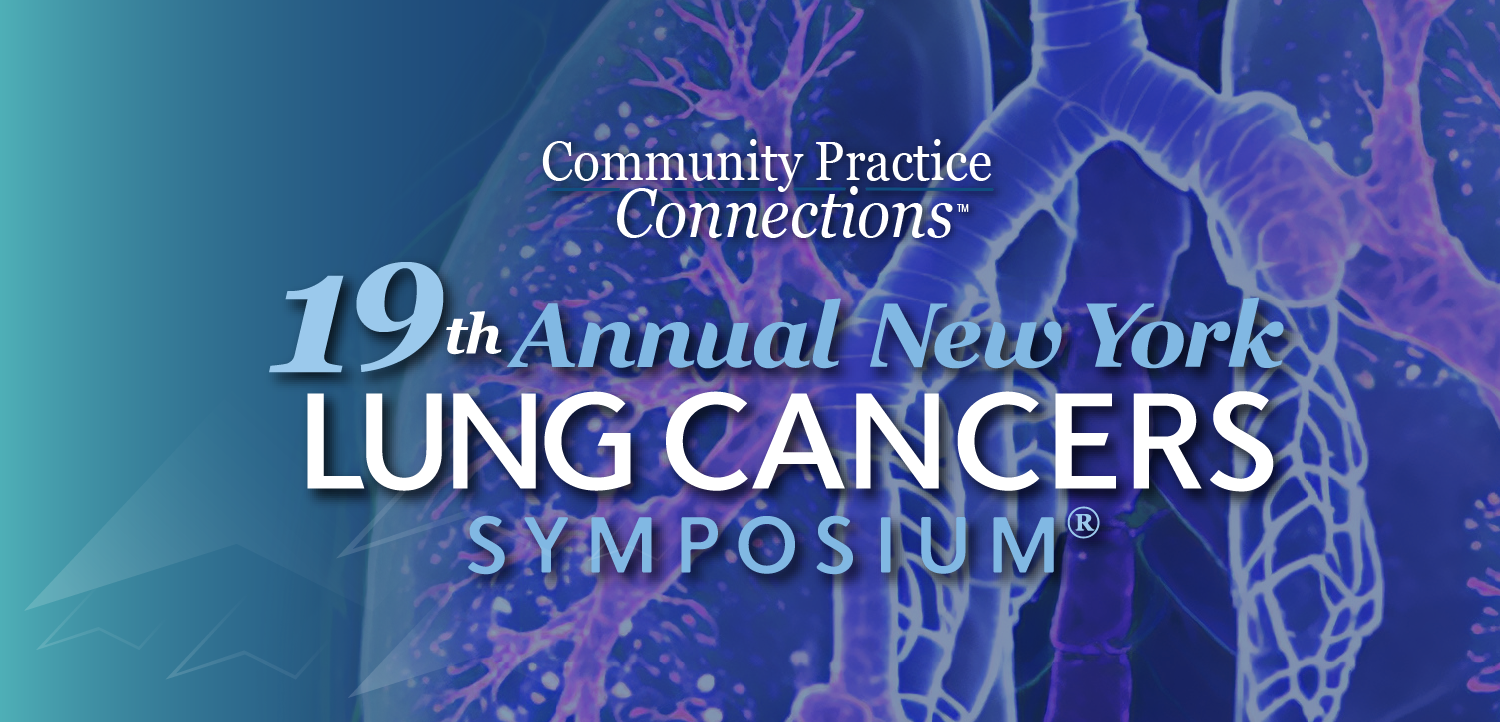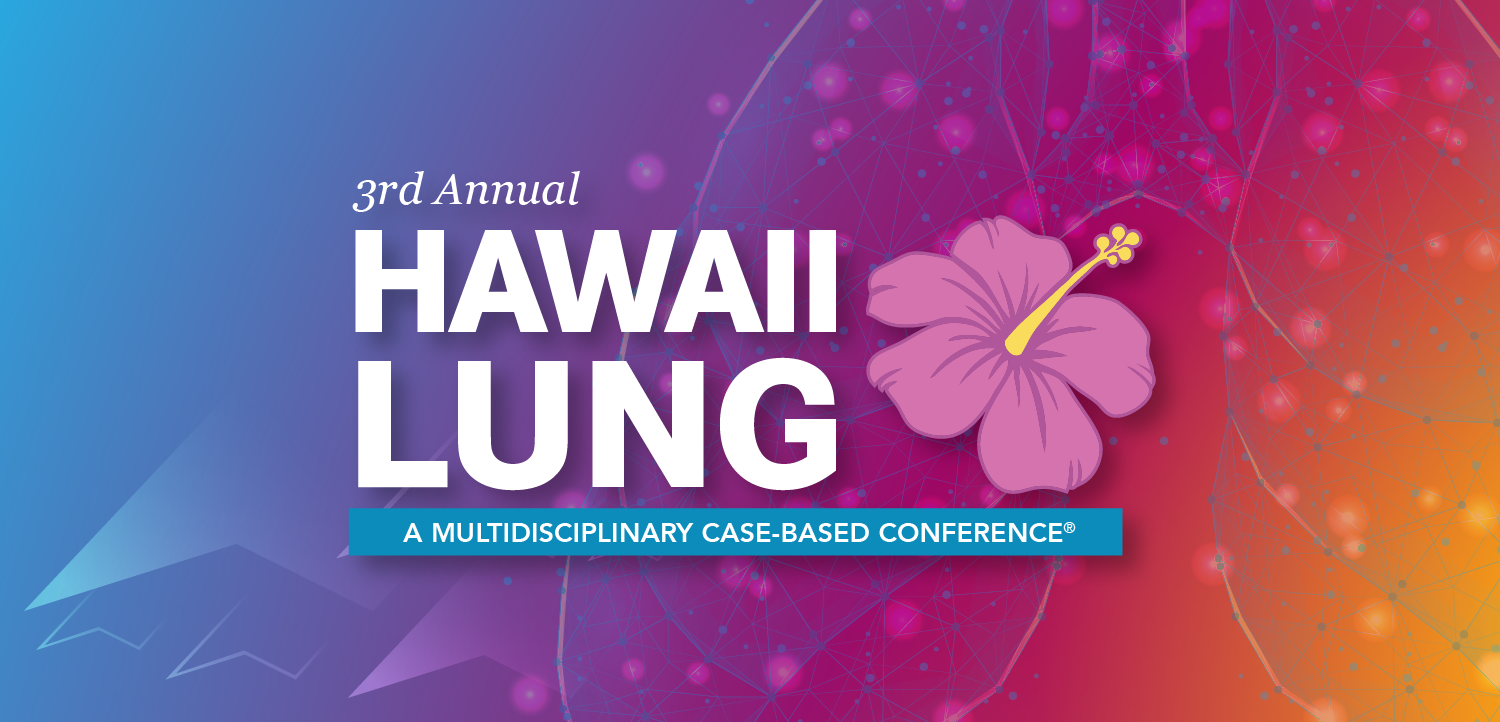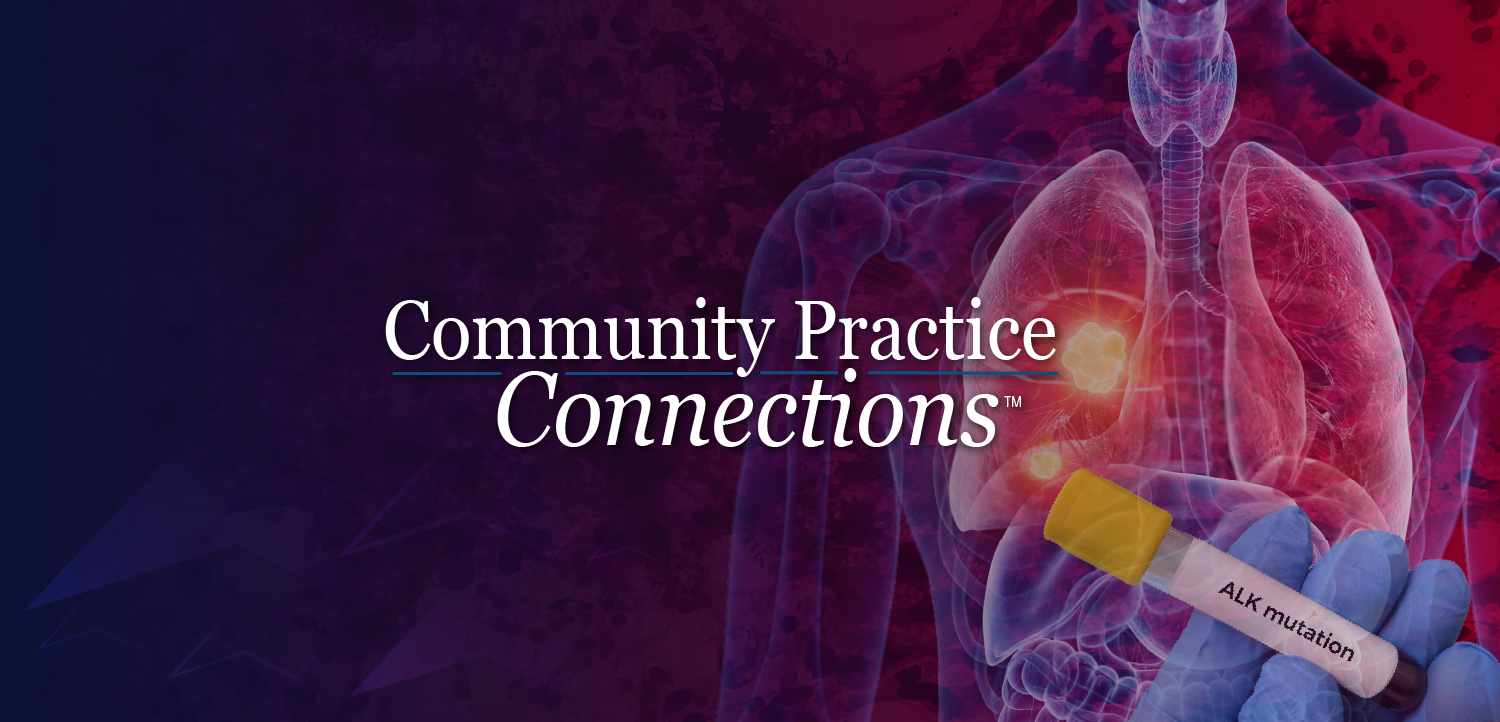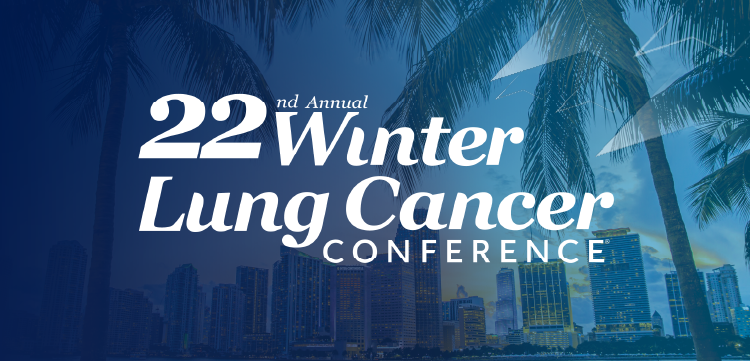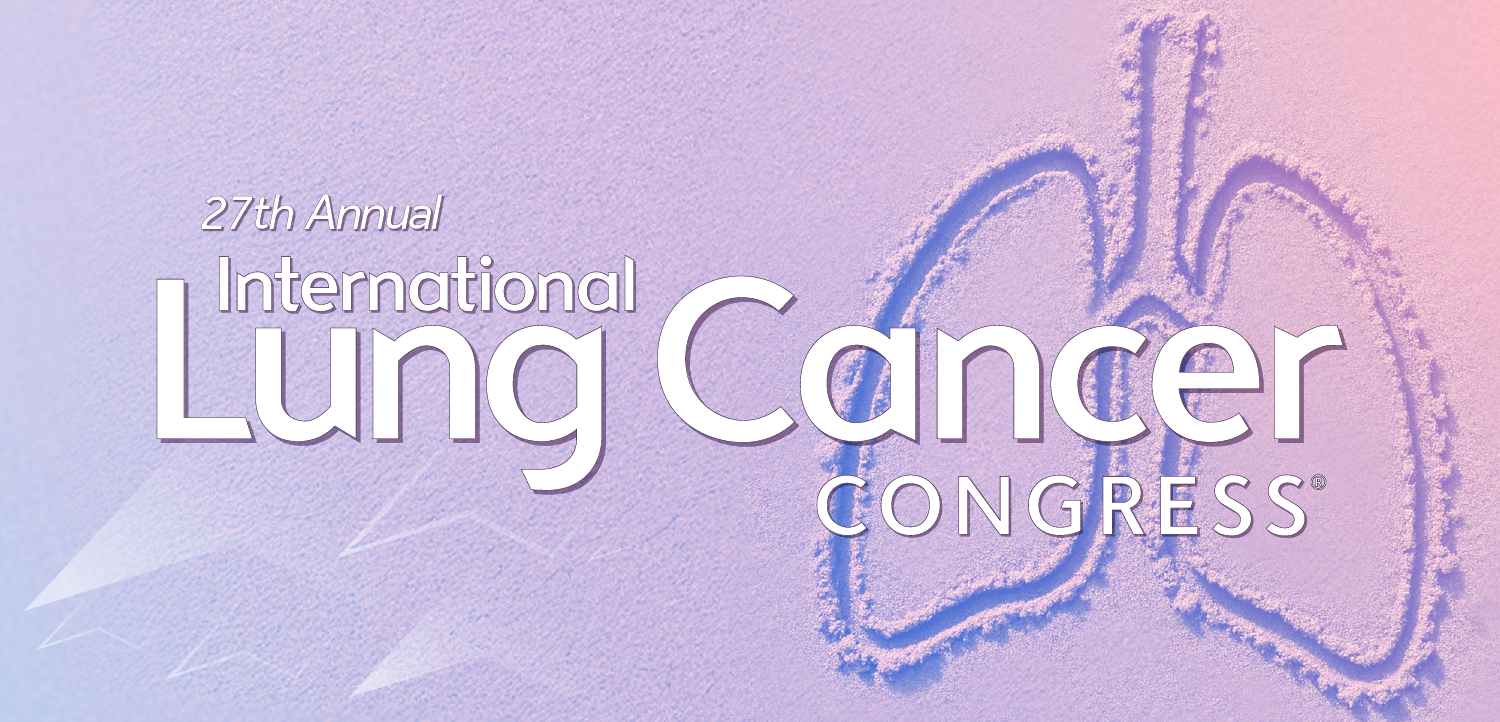
ADA 2010: Liraglutide more successful than sitagliptin in achieving glycemic target
Liraglutide is more successful in reducing glycated hemoglobin levels to 7% or less regardless of baseline glycated hemoglobin level compared with sitagliptin in adults with type 2 diabetes, said Melanie Davies, MD, MB ChB, professor of diabetes medicine, University of Leicester, United Kingdom.
Liraglutide is more successful in reducing glycated hemoglobin levels to 7% or less regardless of baseline glycated hemoglobin level compared with sitagliptin in adults with type 2 diabetes, said Melanie Davies, MD, MB ChB, professor of diabetes medicine, University of Leicester, United Kingdom.
Davies presented a post hoc analysis of a 26-week, randomized, open-label trial comparing the 2 agents in which she examined the effect of baseline glycated hemoglobin on the level of glycemic control achieved. In the study, 437 patients with type 2 diabetes treated with metformin for at least 3 months and baseline glycated hemoglobin levels of 7.5% to 10.0% were assigned to liraglutide 1.8 mg/day or sitagliptin 100 mg/day. As presented previously, mean A1c levels were reduced by a mean of 1.5% with liraglutide compared with 0.9% with sitagliptin (P1c less than 7% (55% vs 22%, respectively; P)
In the current analysis, patient groups were split into 5 categories according to their baseline glycated hemoglobin levels (≤7.5%, >7.5% to 8.0%, >8.0% to 8.5%, >8.5% to 9.0%, and >9.0%). The findings across these categories were
- In the ≤7.5% category, mean reductions in glycated hemoglobin levels were 0.9% with liraglutide and 0.2% with sitagliptin
- In the >7.5 to 8.0% category, mean reductions in glycated hemoglobin levels were 0.9% and 0.4% with liraglutide and sitagliptin, respectively
- In the >8.0% to 8.5% category, glycated hemoglobin levels were reduced by a mean of 1.2% and 0.7% with liraglutide and sitagliptin, respectively
- In the >8.5% to 9.0% category, glycated hemoglobin levels were reduced by a mean of 1.1% and 0.8% with liraglutide and sitagliptin, respectively
- In the >9.0% category, reductions in glycated hemoglobin were 2.3% versus 1.4% with liraglutide and sitagliptin, respectively
At each baseline category of glycated hemoglobin , significantly more liraglutide recipients than sitagliptin recipients achieved an glycated hemoglobin level less than 7%. In the liraglutide group, 85% of those with baseline glycated hemoglobin less than 7.5% achieved their target of 7% or less, and more than 30% in the highest 2 baseline groups achieved their target glycated hemoglobin . By comparison, only 36% of patients with baseline glycated hemoglobin levels less than 7.5% achieved their target with sitagliptin, and less than 20% of those with baseline glycated hemoglobin >8.5% achieved their glycemic target with sitagliptin.
Newsletter
Get the latest industry news, event updates, and more from Managed healthcare Executive.


